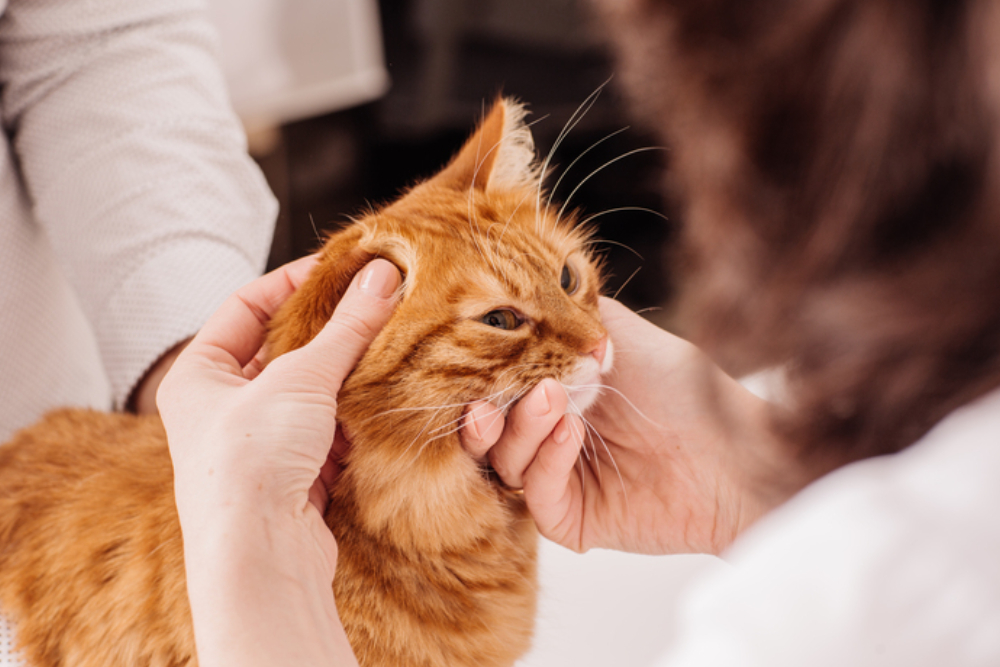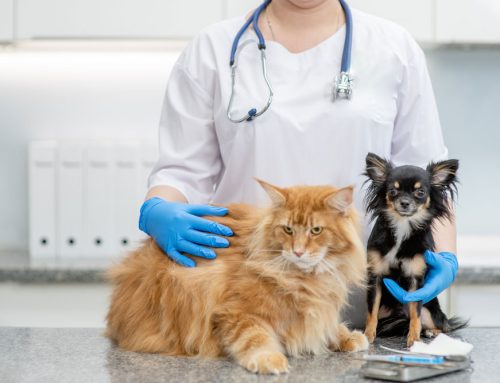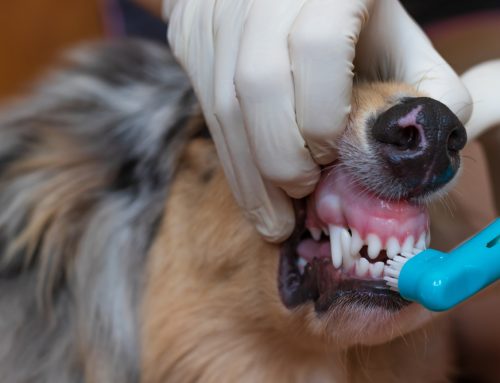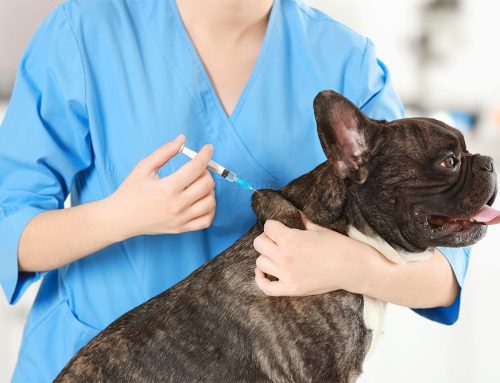Discovering a lump or bump on your pet can be alarming—and understandably so. While some growths are harmless, others may signal something more serious, such as infection, inflammation, or even cancer. Knowing when to monitor and when to act quickly can make a life-changing difference in your pet’s health and comfort.
At Southern Crossing Animal Hospital in Memphis, Tennessee, we’re here to help you determine what’s normal, what’s not, and how to get your pet the care they need—without delay or confusion.
Comprehensive Care at Southern Crossing Animal Hospital
Our veterinary team is experienced in diagnosing and treating all types of lumps in dogs and cats. From routine skin masses to suspicious growths requiring advanced diagnostics, we offer:
- Thorough physical exams
- Fine needle aspirates and biopsies
- Diagnostic imaging
- Surgical removal and cancer treatment options
Common Types of Lumps and Bumps in Pets
Not all lumps are dangerous—but every new lump should be examined. Below are some of the most frequently encountered growths in dogs and cats:
Benign Lumps
- Lipomas
Soft, movable fatty tumors that are typically harmless and more common in senior dogs. - Cysts
Fluid-filled sacs that may be uncomfortable but are often non-cancerous. - Elbow Calluses
Rough patches on pressure points in large or senior dogs.
Learn more: Dog Elbow Callus
Infectious or Inflammatory Lumps
- Abscesses
Painful, pus-filled swellings caused by infection—often from bites or wounds.
Learn more: Cat Abscesses - Hematomas
Blood-filled swellings typically from trauma, often found in the ears.
Malignant or Cancerous Lumps
- Mast Cell Tumors
Cancerous growths that may appear benign but can be aggressive. Prompt diagnosis is essential. - Soft Tissue Sarcomas and Other Skin Cancers
Firm, irregular lumps that often grow rapidly and may ulcerate. - Subcutaneous Tumors
May invade deeper tissues and require surgical removal and biopsy.
What Causes Growths in Pets?
Lumps can form for a wide variety of reasons. Identifying the underlying cause is crucial to choosing the right treatment.
- Infections: Bacteria entering wounds can lead to abscesses or infected cysts.
- Trauma: Bruising, hematomas, or swelling from an injury may create temporary lumps.
- Aging: Senior pets often develop benign lipomas or sebaceous cysts.
- Cancer: Some lumps are cancerous and may spread quickly if left untreated.
When Is a Lump an Emergency?
Certain signs indicate that a lump may need urgent veterinary attention. You should contact your vet right away if:
- The lump is growing rapidly
- It feels hard, fixed, or irregular in shape
- It becomes painful, hot, or inflamed
- Your pet shows other symptoms like vomiting, lethargy, or loss of appetite
Learn more: Signs of Cancer in Pets – AAHA
How to Check Your Pet for Lumps at Home

Performing a Home Lump Exam
- Use gentle pressure: Run your hands over your pet’s body, including underarms, chest, neck, and legs.
- Note the location: Log the size and area of the lump so you can track changes over time.
- Look for red flags:
- Hard and immobile lumps
- Ulceration or oozing
- Pain or heat when touched
How to Perform a Home Exam – Humane Society
Monitoring Lumps: What to Track Over Time
If your vet recommends monitoring a lump, here’s how to keep accurate records:
- Size: Measure with a ruler weekly.
- Texture: Note if it changes from soft to firm.
- Mobility: Watch for reduced movement under the skin.
- Appearance: Check for redness, discharge, or changes in color.
Behavioral changes like limping, hiding, or loss of appetite may also indicate discomfort and warrant re-evaluation.
Diagnostic Tools for Evaluating Lumps
At Southern Crossing Animal Hospital, we use advanced tools to diagnose and evaluate growths efficiently and accurately.
In-Clinic Diagnostic Techniques
- Veterinary Physical Exam: Evaluates lump location, texture, size, and growth history.
- Fine Needle Aspiration (FNA): Draws cells from the lump for cytology (microscopic evaluation). Learn more: Skin Cytology Techniques – Today’s Veterinary Practice
- Surgical Biopsy & Histopathology: Tissue is surgically removed and sent to a lab for definitive cancer diagnosis.
Treatment Options for Lumps in Pets
Non-Surgical Management
- Watchful Waiting: Used for benign lumps like small lipomas.
- Medications: Antibiotics for abscesses or anti-inflammatory meds for swollen cysts.
Surgical Treatment
- Lump Removal: Recommended for painful, growing, or potentially cancerous masses.
- Reconstructive Surgery: May be necessary depending on size and location.
Cancer Treatment
- Chemotherapy and Radiation: Used when cancer has spread or is inoperable.
- Palliative Care: Helps maintain comfort and quality of life in pets with terminal diagnoses.
Looking for more resources? Check out these Cancer Resources – Veterinary Cancer Society.
Prevention and Emergency Planning
Routine Care and Monitoring
- Schedule annual or bi-annual exams, especially for senior pets.
- Conduct monthly home exams and log any changes.
- Discuss any new lumps with your vet—even if they seem minor.
When to Call for Emergency Help
- Lump appears overnight or grows rapidly
- Your pet is in pain or unable to move comfortably
- Signs of systemic illness like fever, vomiting, or lethargy
Contact us immediately or go to the nearest ER if your pet needs evaluation.
Don’t Wait and Wonder
A lump may be harmless—or it may be a sign your pet needs care now. Either way, early evaluation is always the best choice. Don’t wait for it to grow or change. Give yourself peace of mind, and give your pet the care they deserve.
For professional guidance and compassionate care, schedule an appointment with Southern Crossing Animal Hospital. Our team is here to support you and your pet through every step.








Leave A Comment